The spirit of the Olympics flows through the Chesapeake
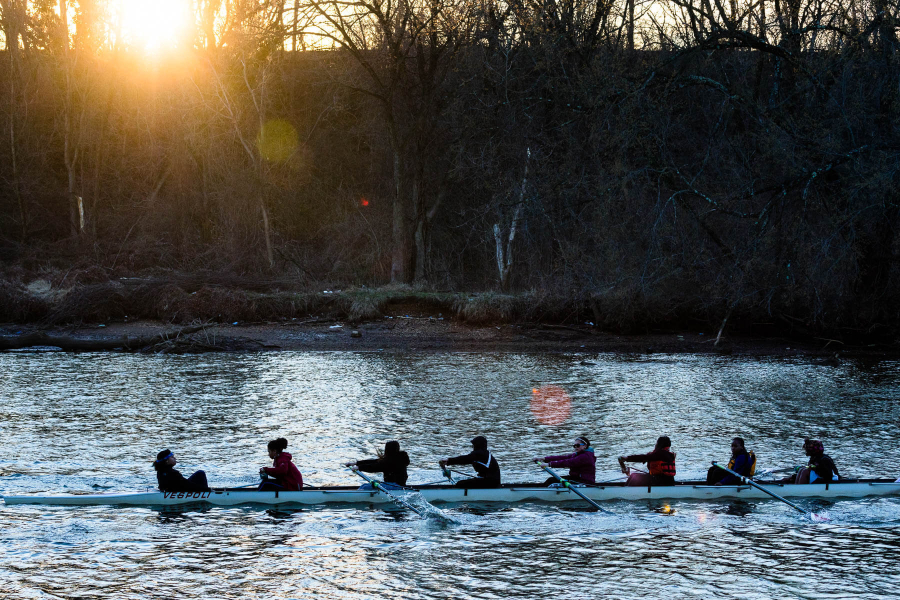
What you might have noticed about the Tokyo Olympics—besides the empty stands—is that as a summer competition, there a variety of sports taking place in the open water. This got us thinking about the importance of water quality to the Games, and how the Chesapeake Bay watershed might have supported athletes in water-based sports over the years. Below, we’ve collected six stories that prove why the Bay is at the top of the podium every four years.
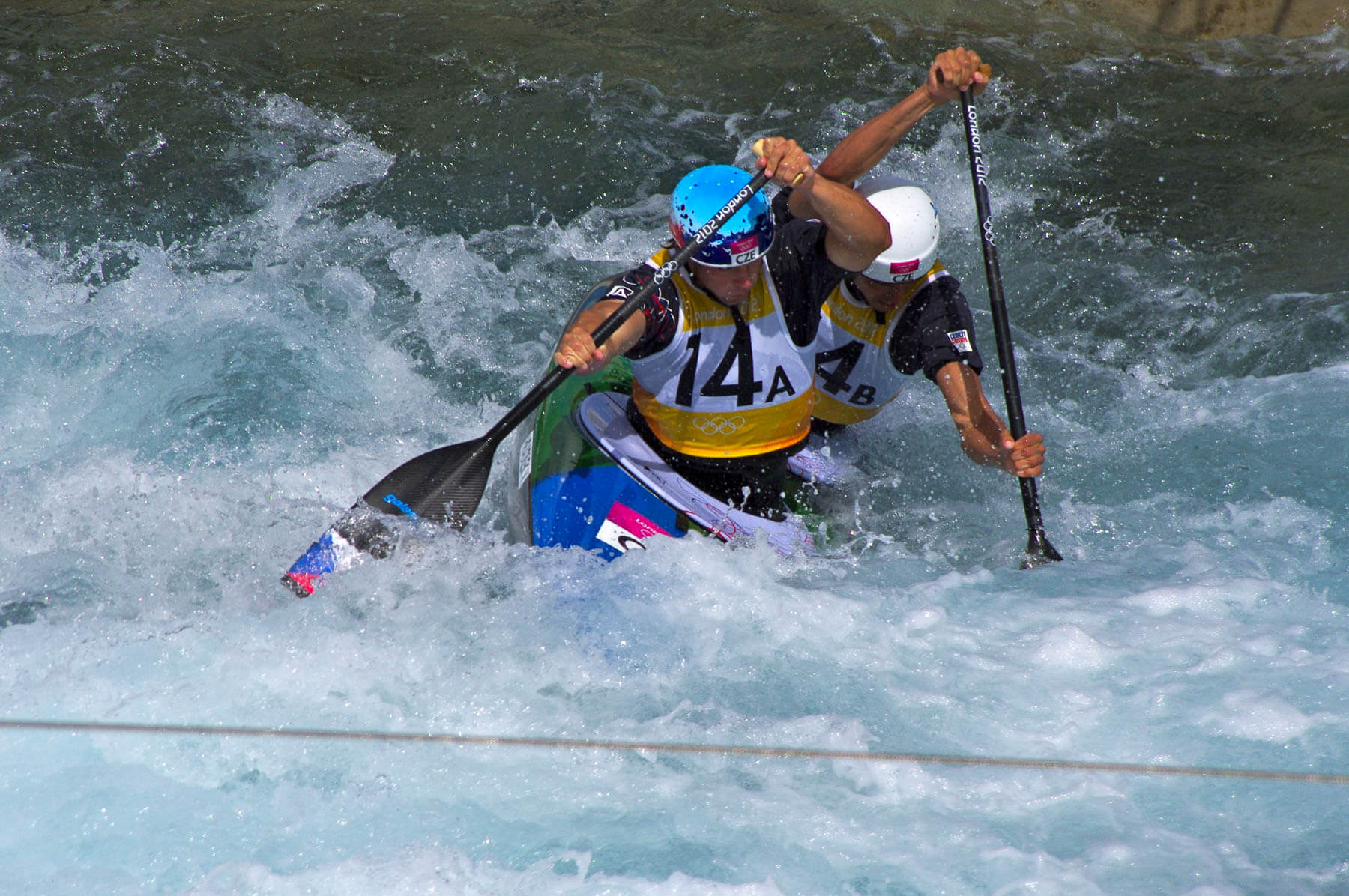
Olympic canoer starts on the Potomac
Canoe racing was in Frank Havens’ blood. His father was a racer along the Potomac River, as was his nephew and brother, and he spent his childhood in a canoe roaming up and down the river. This heritage of canoeing eventually paid off. Havens participated in four Olympic games, winning silver at the 1948 London Olympics and gold in the 1952 Helsinki Games. He was also an avid member of the Washington Canoe Club, which was established in 1904 and is thought to be the birthplace of American canoeing. Havens spoke fondly of the Potomac to the Washington Post back in 1999, reminiscing how the “men…paddled across the river from Georgetown” to get to work.
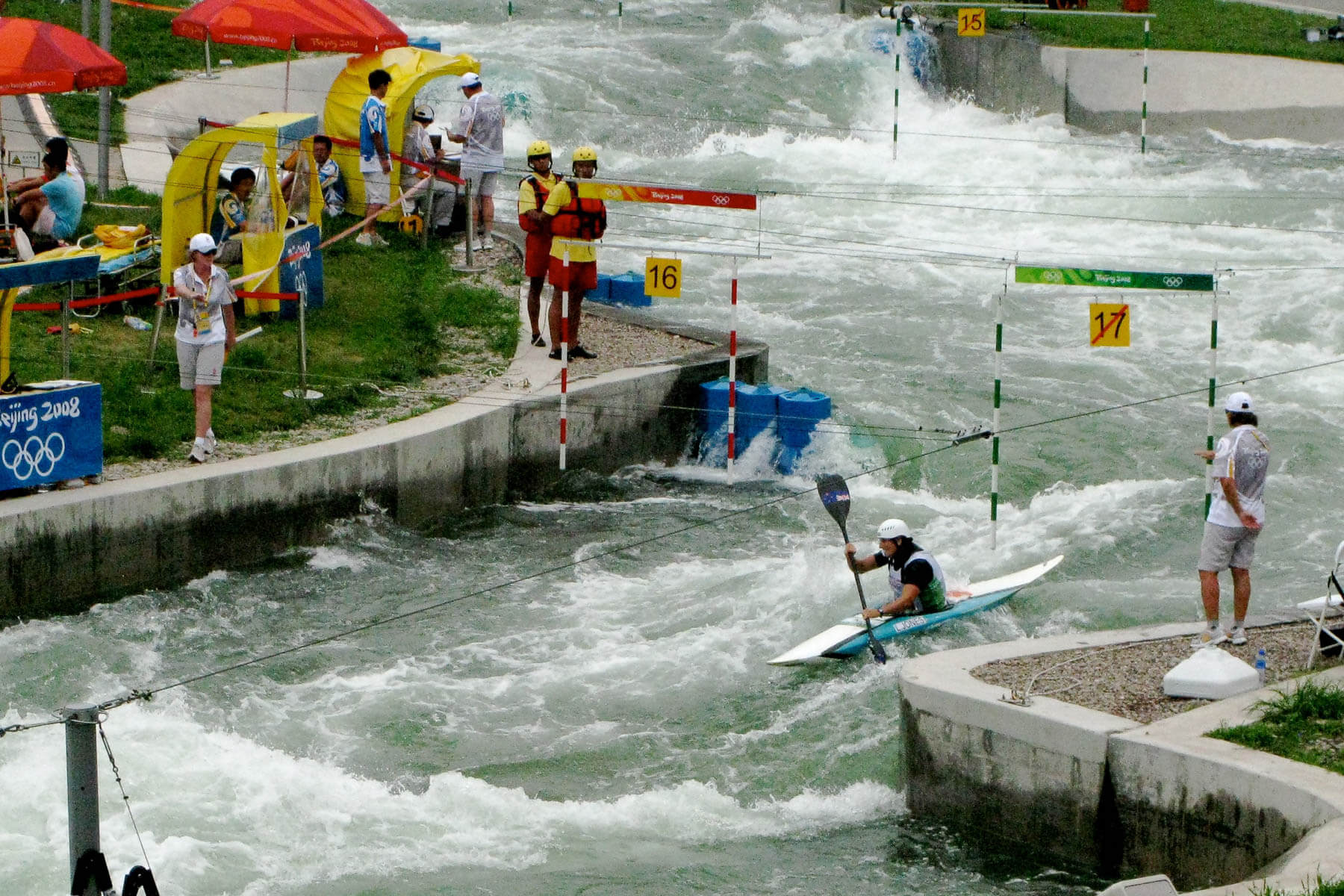
Going for the gold in Maryland’s rapids
The Chesapeake Bay watershed has some of the best white-water regions in the country, which are perfect for the Olympic sport of kayaking. In fact, in 1972, the Olympic trials were held along the Savage River in western Maryland. And after the 2020 Olympics were moved to 2021, some of Team USA practiced along the rapids of the Potomac River. Watershed resident and Team USA trainer Risa Shimoda understands what clean water means to the sport. She is the executive director of the River Management Society and often advocates for water quality.
“You can be out in the middle of what you think is wilderness and you can see a pipe coming into the river that’s raw sewage.” says Shimoda. “It doesn’t take long before you realize how rivers are, how they are used and that they might be neglected.”
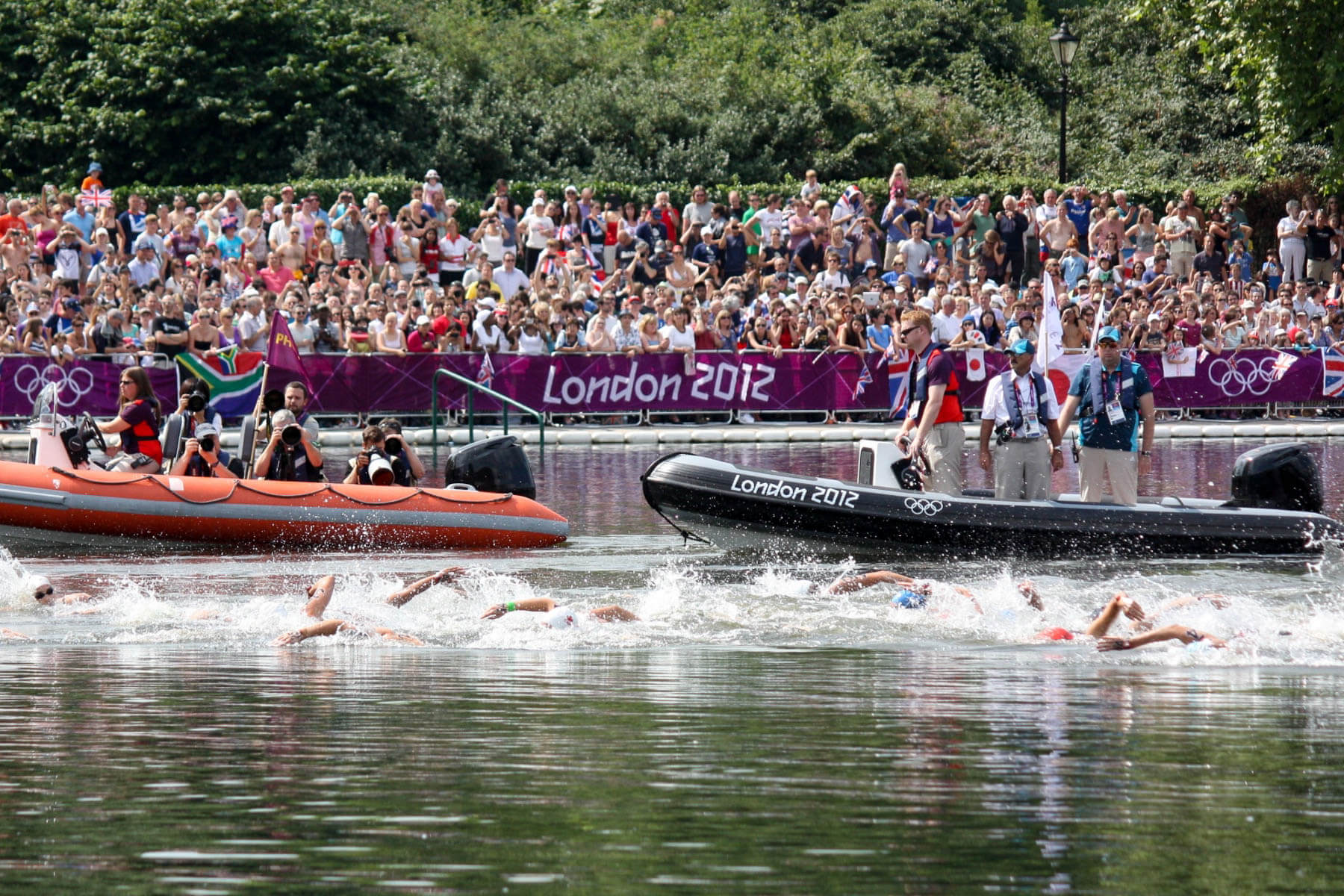
Marathon swimmers battle unhealthy conditions
Marathon swimmers are in the open water for at least two hours during a competition, and can be subjected to unhealthy conditions. In Tokyo this summer, the water temperature is hovering around 84 degrees and is filled with E. coli bacteria. Olympic swimmers noted that it feels like they are swimming in “a toilet bowl”. While there are no athletes from the watershed that are competing in this sport during the Tokyo Olympics, one of the major marathon swimming events each year takes place right in the Bay. During The Great Chesapeake Bay Swim, athletes depart from Sandy Point State Park and make their way across 4.4 miles of the Chesapeake to Kent Island, Maryland each June. Swimming is often safe in this area, but that isn’t always the case in other parts of the watershed. Nationwide, in an average year, about 15 of every 1,000 people who swim recreationally become ill from coming into contact with the water. Knowing when local waterways are safe can make a huge difference.
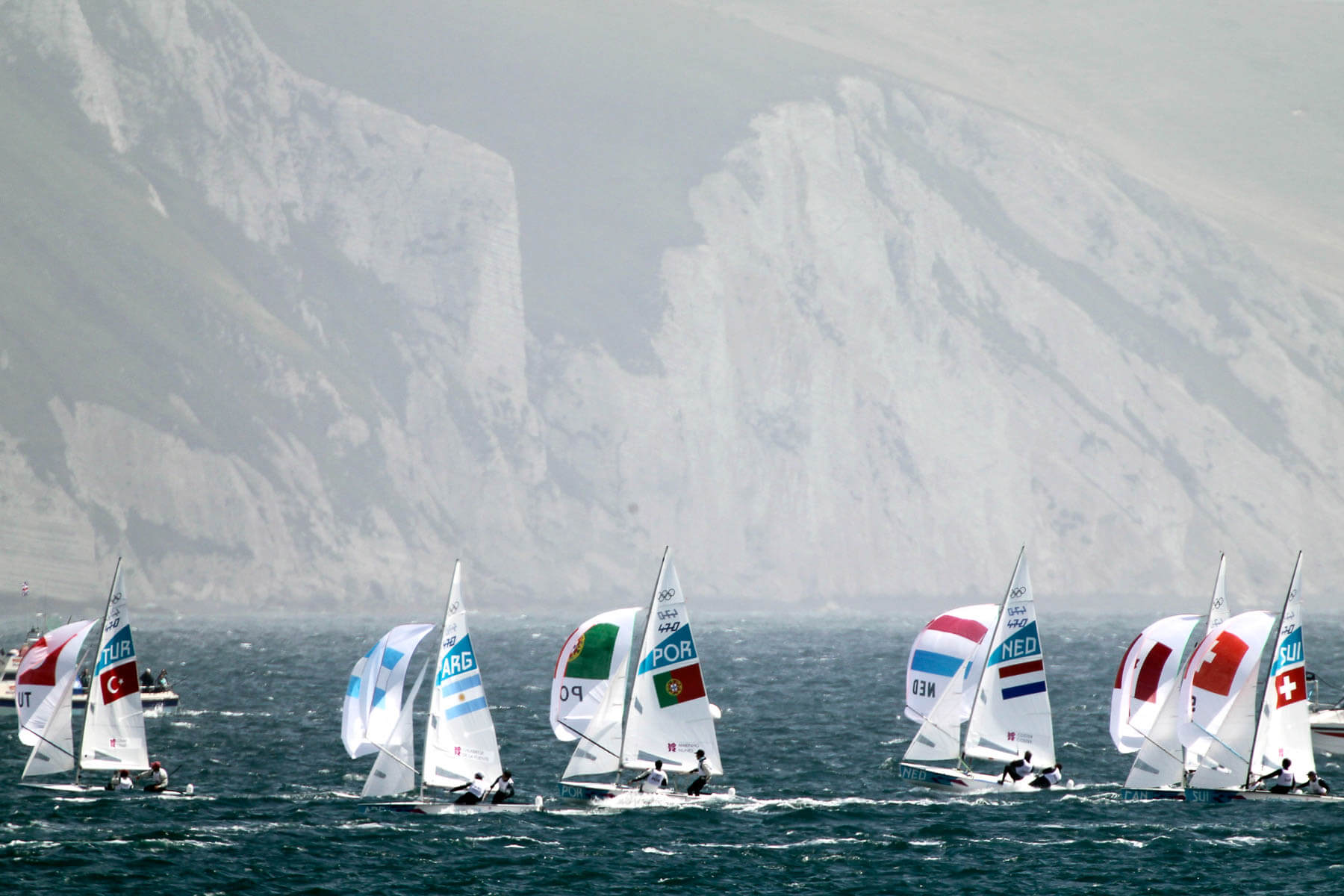
Rio Games shock sailors
Sailing has been an Olympic sport since the 1900 Paris Games, but the importance of water quality to athletes was realized in full at the 2016 Rio de Janeiro Games. Sailors from around the world grimaced at the site of the water, with one in particular saying that it was the foulest place he had ever trained. Others mentioned that they all take a shower after leaving the water. Joe Morris, a native of Annapolis, Maryland, represented Team USA sailing in Rio. He told the Washington Post that his mom was very nervous about his health while he was there, but eventually, she had “learned to stop asking”.
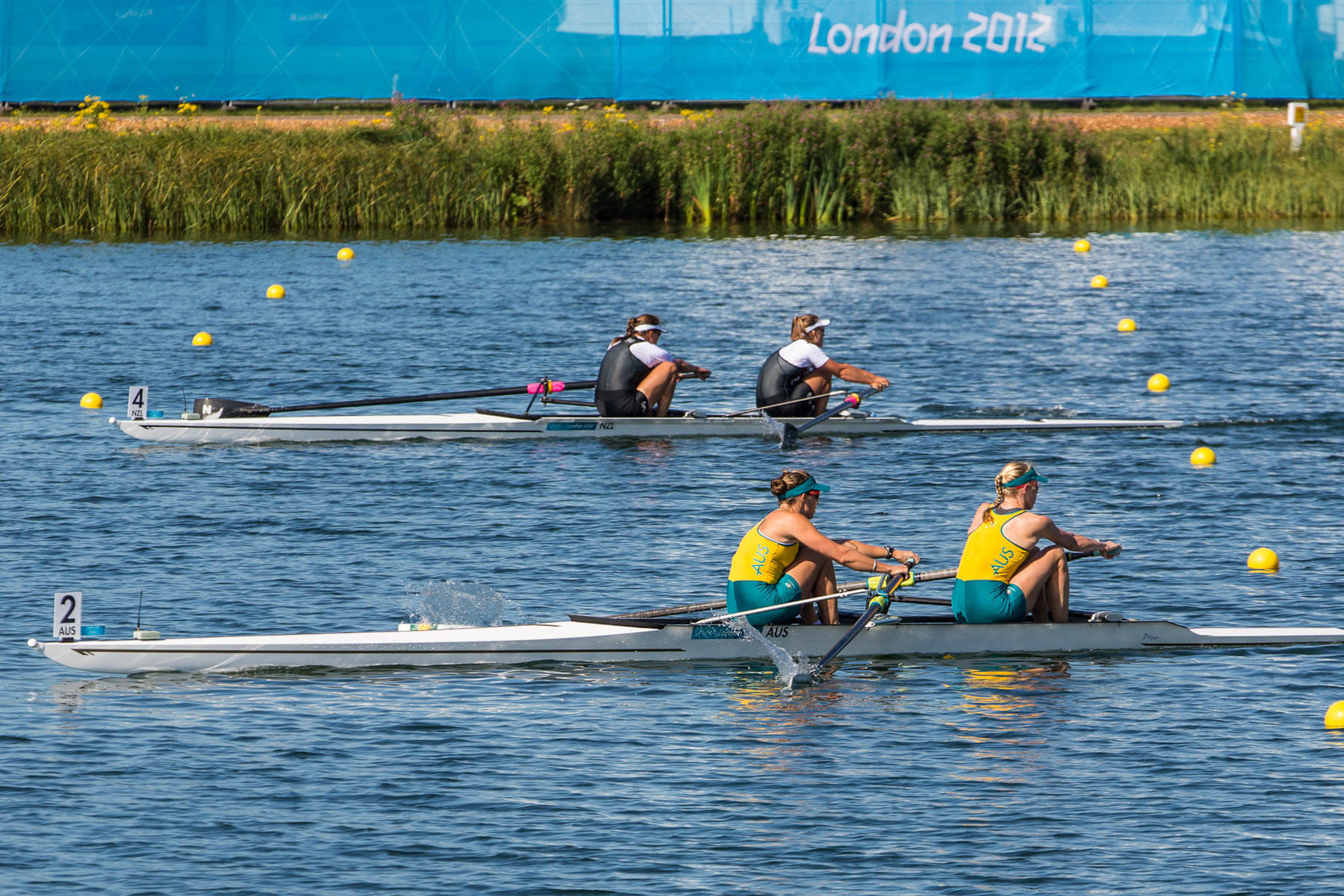
Virginia’s powerhouse rowing team
The University of Virginia is a powerhouse for the sport of rowing, which made its Olympic debut at the 1900 Paris Games. Situated along the Rivanna River, the school has sent 59 people to the Olympic games, winning eight medals in rowing alone. Meghan O’Leary is one of those athletes, participating in both the 2016 Rio and the Tokyo Games. She had a similar experience at the Rio Games as sailor Joe Morris, telling the Los Angeles Times that the water quality “is a real concern.”
“We’re going to have to be very disciplined in how we take care of ourselves,” O’Leary said. “Don’t touch our face if we touch the water. Covering our water bottles with plastic bags.”
O’Leary finished 10th at the Tokyo Games.
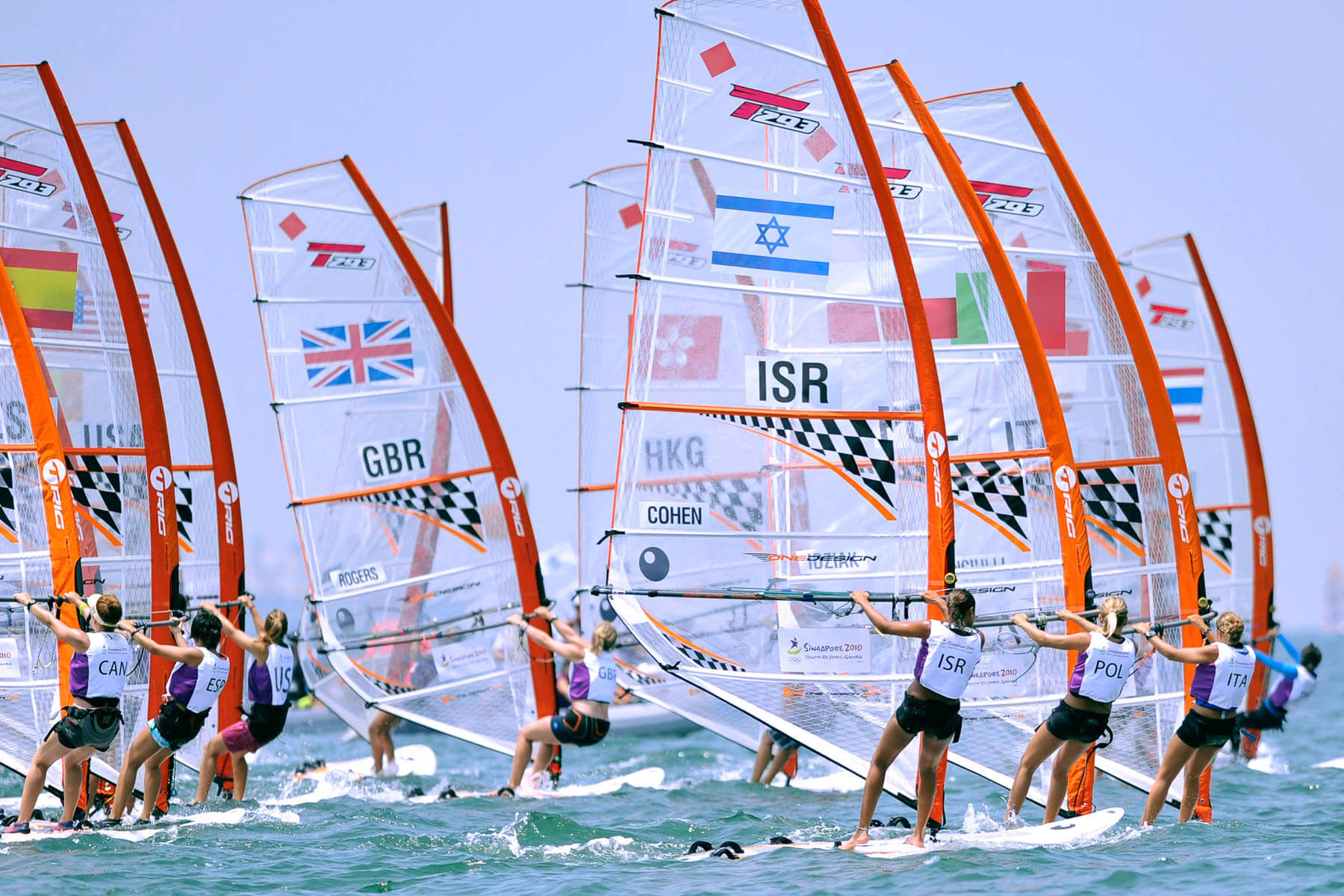
Windsurfers old and new training on the Bay
Windsurfing is a combination of sailing and surfing that can be traced back to Polynesia, where anglers and sailors used a small boat with a sail to navigate the Pacific Ocean. But it is an American by the name of S. Newman Darby that we have to thank for giving us what we recognize today as the modern sport of windsurfing. Although Darby doesn’t hold the patent for the Windsurfer One Design—that distinction goes to Jim Drake and Holye Schweitzer—he created the prototype in 1965 and was the first person to windsurf in the Chesapeake Bay.
Decades later, Olympian Farrah Hall began windsurfing when she was in college and is one of the 14 athletes that Maryland sent to Tokyo. Hall attended St. Mary’s College, where she founded the school’s windsurfing club. Growing up in Annapolis, she recently told Bay Weekly, “The Bay has affected my whole life. Just growing up there, as a little kid, I was enchanted, I was in love with it.” While Hall didn’t qualify for the medal races in Tokyo, she finished higher than she had in the 2012 London games—in 15th place.
The Chesapeake Bay Program congratulates all of the athletes that participated in not only the Tokyo Games, but in all past Olympiads. Check out our How-Tos and Tips page, for how you can help protect our waters, so this great tradition of sport can continue.

Comments
There are no comments.
Thank you!
Your comment has been received. Before it can be published, the comment will be reviewed by our team to ensure it adheres with our rules of engagement.
Back to recent stories